Immune system function
The immune system is essential for human survival. This system protects the body against external invaders such as bacteria, viruses, fungi, and toxins (poisonous substances produced by microbes). The immune system is made up of different organs, cells and proteins that work together. Without an immune system, our body will not be ready to attack bacteria, viruses, parasites and more. The immune system is a large network of cells and tissues that constantly monitor the entry and invasion of foreign invaders such as bacteria and prepare to fight them when they see bacteria and viruses. The immune system is distributed throughout the body and includes all types of cells, organs, proteins and tissues.
An important feature of the immune system
One of the important features of this system is that it can distinguish body tissue from foreign material (distinguishes internal cells from non-internal cells). Dead and defective cells are also identified and destroyed by the body’s immune system.
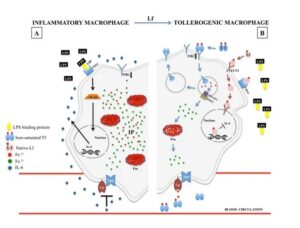
عملکرد سیستم ایمنی
The effect of burns on the structure of proteins
Burns cause the destruction of protein structure or ionization of intracellular contents. The first effect of a burn is the dilation of capillaries and small vessels in the burn area, which causes plasma to enter the adjacent tissues and form a swelling. Infection is the cause of 50-70% of burn deaths. In burned patients, careful medical care and hospitalization of patients in semi-sterile departments does not prevent wounds from becoming infected. Burned tissue like a sieve causes the proteins to leave the vessels and reduces the plasma volume. Also, burned tissue is a suitable nutrient environment for the growth and proliferation of staphylococci, streptococci, pseudomonas aerogenosa, candida and herpes infection. In the case of burns, due to the destruction of the skin and the weakening of the immune system, the patient becomes susceptible to the most severe infections. Burn causes severe changes in the immune system.
Prevalence of various infections in burn patients
The prevalence of various infections in burned patients is not only due to the destruction of the skin as the first defense barrier and the provision of a suitable environment for the growth of pathogens, but the weakening of the immune system is a favorable factor for the proliferation of bacteria, fungi and viruses. The immune system performs many activities to protect the body against infectious agents and treat diseases, especially infections caused by burns, including the elephant’s arm, which is one of the first cells that appear at the site of infection and by releasing a type of protein called tumor necrosis factor (TNF) ) reduce inflammation in the early stages of the immune system reaction. This protein stimulates other cells to create an anti-inflammatory response that is necessary to protect and heal damaged tissue. Although basophils are very small in number, they play a very important role both in initiating the reaction of the nervous system and in improving its effectiveness. This achievement plays an important role in the treatment of infections.
The immune system in cases of burns in the 2nd phase
in second degree burns where the skin becomes red, swollen and blistered; And sometimes the blisters open and the liquid inside them spills over the burned area and causes more damage and burning; And also in the 3rd degree burn, where the skin is destroyed to a greater extent and sometimes even the underlying tissues of the skin are also damaged, the first defense barrier of the immune system, the skin, is destroyed; And as a result, the body is directly exposed to pathogenic factors. To reduce this situation, skin grafting can be used.
Skin grafts
Skin grafts are thin layers of skin that surgeons take from a healthy area and then surgically transplant to the burned area. The area from which the skin is harvested is called the donor area. Common donor sites are the thighs and back, but any affected area of the body except the face can be used. It usually takes two weeks for the donor site to heal.
The second line of defense of the immune system
When the pathogen passes through the first defense barrier of the body i.e. skin and mucus, the second line of defense comes into action. The second non-specific line of defense is the inflammatory response. Normally, the body creates an inflammatory reaction to protect itself from damage, infection and other threats, however, in some cases, such as severe burns, the body overreacts; And the inflammatory response may cause further damage; because the severe inflammatory reaction leads to not receiving enough oxygen in the tissues and organs; And several different organs of the body such as lungs, heart and brain may be more exposed to shock damage caused by burns and endanger the health of the person. One of the main concerns about third degree burns is the occurrence of various infections.
Severe damage and reduced ability of the immune system
Severe damage to the skin makes the body less able to fight infection; And as a result, it causes pneumonia and sepsis infections. Blood infection or sepsis, sometimes called sepsis, is a dangerous and serious immune response that causes the immune system to release chemicals into the bloodstream to fight the infection. Inflammation caused by infection leads to blood clots and blood clots. As a result, insufficient blood flow to the body organs is interrupted due to lack of oxygen and nutrients.



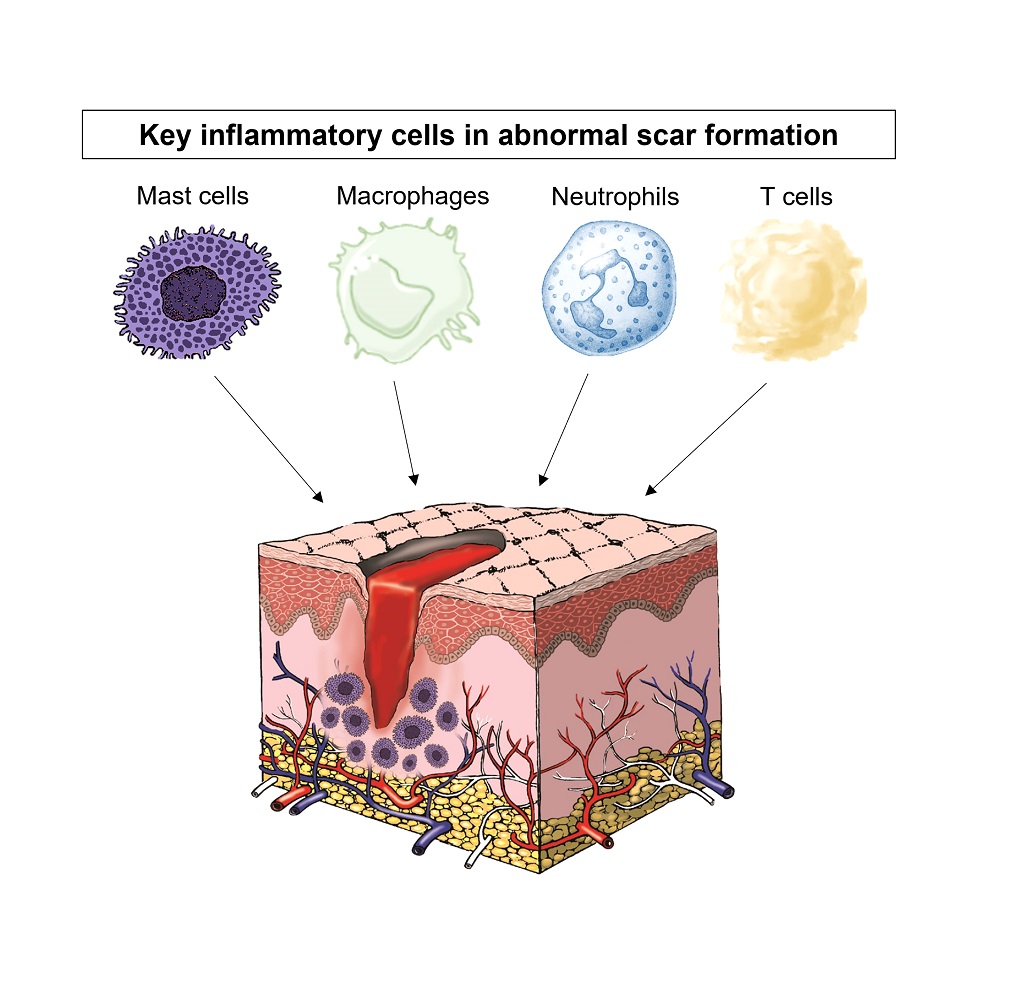
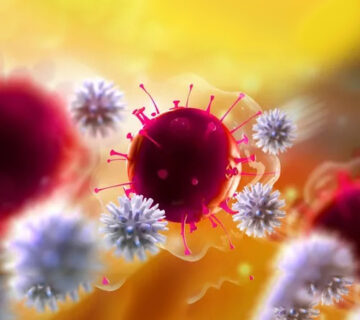
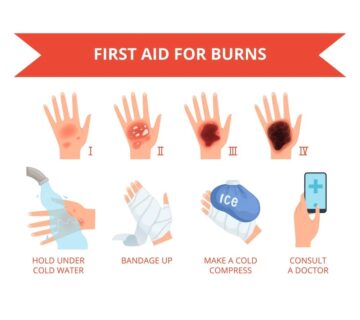
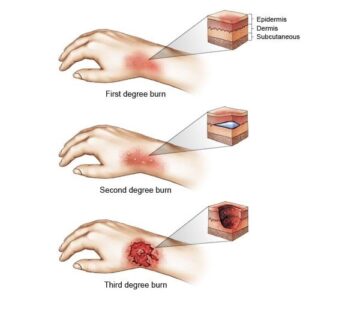
بدون دیدگاه